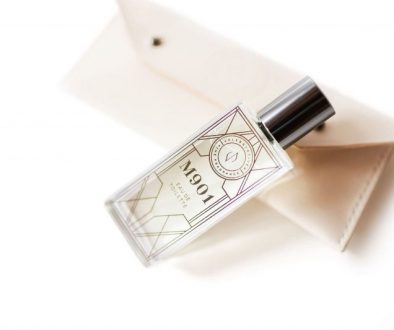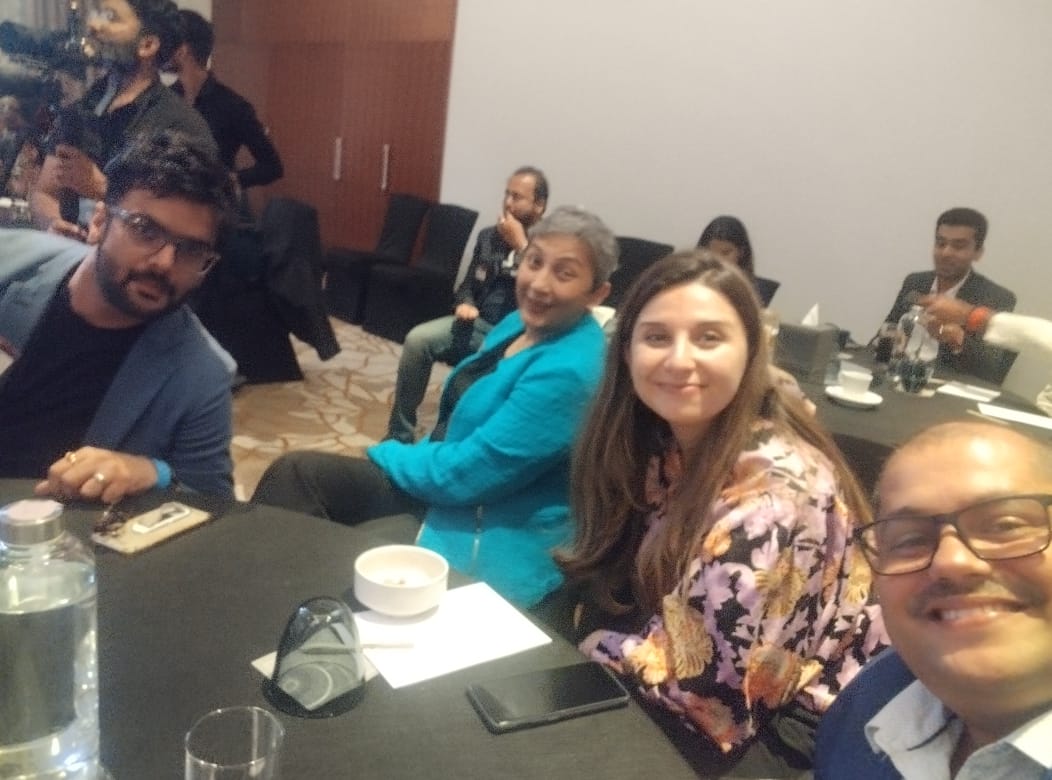Redefining COGS may help overcome turbulent times for Middle eastern Retailers or Is it Time for Retail 3.0 ?
sales commissions etc which varies with sales going up or coming down.
Off lately most retailers were focusing on Rent cost and staff costs in order to reduce by bringing some kind of optimization in their efficiencies leading to store closures. They try to cut down on their expenses like marketing costs etc in order to turn around the profitability of their retail stores.
With the change in the middle eastern economy & in an era of downturn in petrodollars and drop in tourists numbers due to geopolitical conflict and drop in consumer’s spending power & tighter financing options from financial institutions has led to turbulent times for most of the retailers, who earlier depended upon opening new stores as one of the important growth metrics for gaining market share.
Future is for those who embrace reality soonest by:
- a)Re-look at fixed costs especially Rentals:
It’s time to treat malls/landlords as your team members and discuss the possibility of revising current lease agreements or rent-free period as any reduction, irrespective of how small it may be will help your brand keep floating in turbulent times.
- b)Re-look at Cost of goods sold (COGS):
The game-changer for most retailers would be in COGS, so start with listing down all the cost components of your supply chain, your freight costs, insurance costs, procurement costs, production costs (in case of manufacturers cum retailers).
Try to bring some efficiency or cost reduction in COGS; as any reduction even as low as 3% would have a positive impact on overall P&L by min 2.5X (since low cost of goods means better attractive pricing options for customers thus higher probability of better product sales thus increasing your top line).
- c)Stop overseeing Marketing cost as an expense:
It’s so wrong to consider marketing cost as an expense, unfortunately, Good accounting practices put marketing header into expense head but speaking from a business perspective, it is actually an investment that company makes over long period time to build its brand equity which is actually realized in dollars once the brand is acquired or sold. Marketing efforts pay in keeping the brand afloat in turbulent times.
- d) Look more macroscopic rather than microscopic :
Consider overall retail division of a company from its overall P&L and not by outlet by outlet P&L as practiced by most companies using SBU concept philosophy as an excuse. From my experience, I can confidently say that out of 10 operating stores, 3 stores would fall under “superstar” category and 4-5 stores would be “potential stores or close to operating breakeven stage” and 2 stores would be loss-making stores which need to be identified and closed provided brand owners or managers have gone through above checklists or points mentioned.
- e)Adapt or Re-tweak your business model:
Downtimes provide an excellent opportunity to businesses to look at their internal strengths & weaknesses and bring some kind of product rationalization in their offerings, streamlining their cost of procurements, better more efficient supply chain may be implemented for example Just in Time or Vendor-managed Inventory systems. Explore markets outside their operating territories as it is better to spread risk to the larger region. Look at franchising as a revenue model or even licensing.
- f)Adapt technology and Omnichannel strategy:
I have written previously on Omnichannel strategy in my blogs and on my LinkedIn posts. I feel sooner we retailers accept this reality better it would be for the entire retail fraternity.
Online stores are now looking towards brick & mortar stores and converting them into smart stores.
A Recent example is Jack Ma’s Alibaba who notched USD 25 Billion sales on a single day’s sale in China much higher than black Friday sales in the United States of America. (On 11th November 2017)
Alibaba is converting 100,000 small mom-pop & convenience stores into SMART stores by providing them with unified systems so that they can order, store goods and become distribution centers for these goods. Alibaba has launched an app called Ling Shou Tong, meaning “connect retail.” Convenience stores are given suggestions on what to procure and how to display merchandise. The goods are shipped from dedicated Alibaba warehouses, obviating middlemen. In theory, that improves their profit.
Hope Middle Eastern hypermarket retailers like Carrefour, Lulu are closely monitoring the transition that’s taking place as to how technology would reform the retail scenario with the advent of Machine learning algorithms and programs that are being developed.
I call this revolution as RETAIL 3.0.
Are we ready to embrace Retail 3.0 in our retail brand?
I would be more than happy to assist & discuss with all my fellow retailers to incorporate few of my learnings into their brand operations and grow in the new economy.
Check out the video on Alibaba’s 11-11 historic singles day phenomenon:




